Okinawa World is a cultural theme park located in the southern part of Okinawa Island, showcasing the island’s rich history, culture, and natural beauty.
During our trip to Okinawa, my husband and I decided to include this park in our must-visit attraction list, intrigued by its promise of a deep dive into Okinawan heritage. Our visit turned out to be a fascinating journey through traditional Ryukyu Kingdom crafts, vibrant dance performances, and the stunning natural wonder of Gyokusendo Cave.
During your visit to Okinawa World, you can expect various experiences and activities, including cultural workshops (which I very much recommend). Okinawa World is a must-visit for anyone looking to experience the essence of Okinawa.
Table of Contents
- Getting to Okinawa World
- Guide to Okinawa World
- Gyokusendo Cave
- Kingdom Village
- Pearl Extraction Experience
- Bingata Dyeing Experience
- Plaster Shisa Coloring Experience
- Paper Making Experience
- Weaving Experience
- Indigo Dyeing Experience
- Pottery Experience
- Ryukyu Glass Experience
- Leather Work Experience
- Eisa Dance Performances
- Nanto Brewery
- Habu Park
- Tropical Orchard
- Okinawa World
- Frequently Asked Questions
Getting to Okinawa World
To reach Okinawa World, located in the southern part of Okinawa Island near Nanjo city, you have several options depending on where you stay in Okinawa.
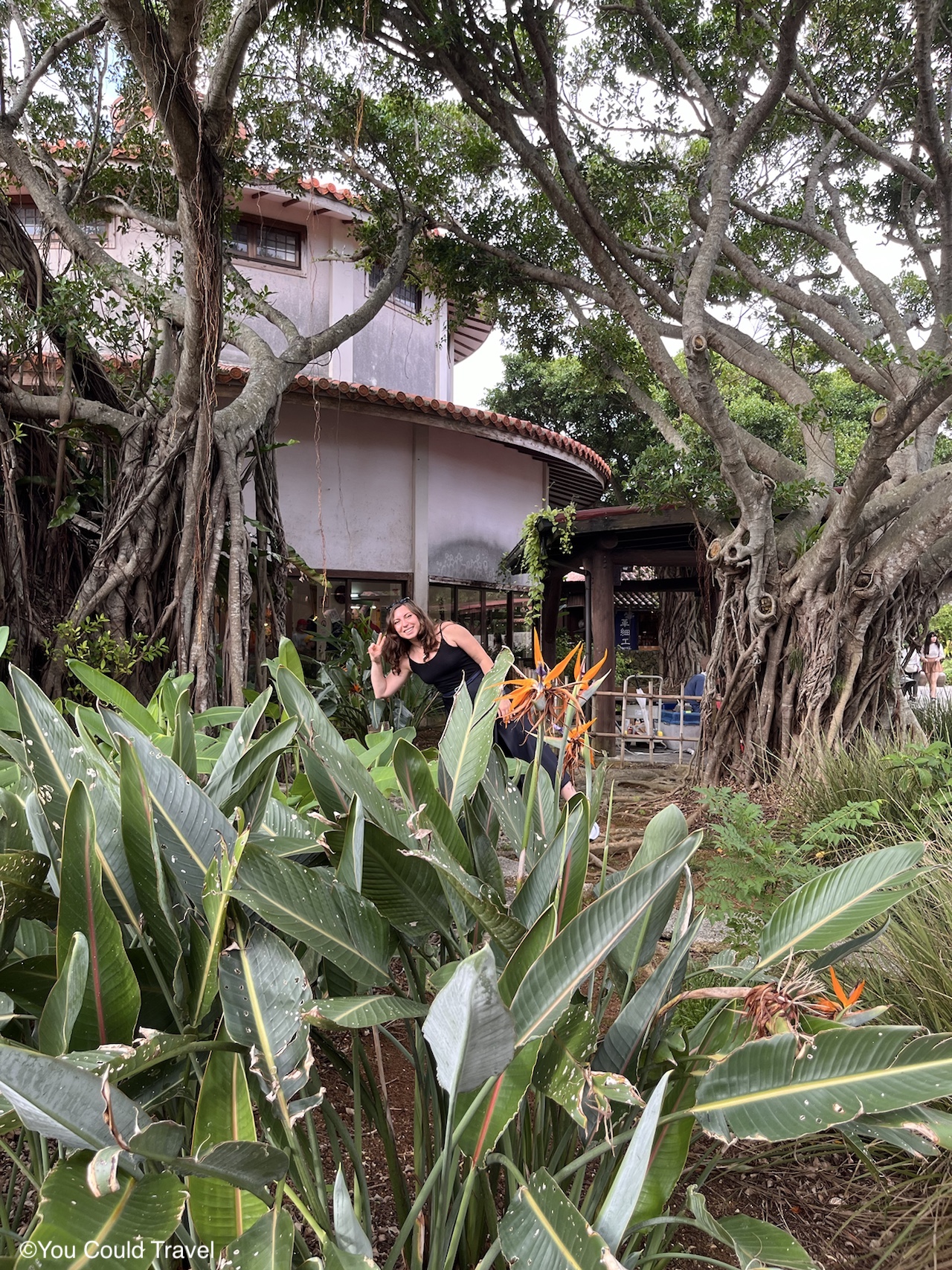
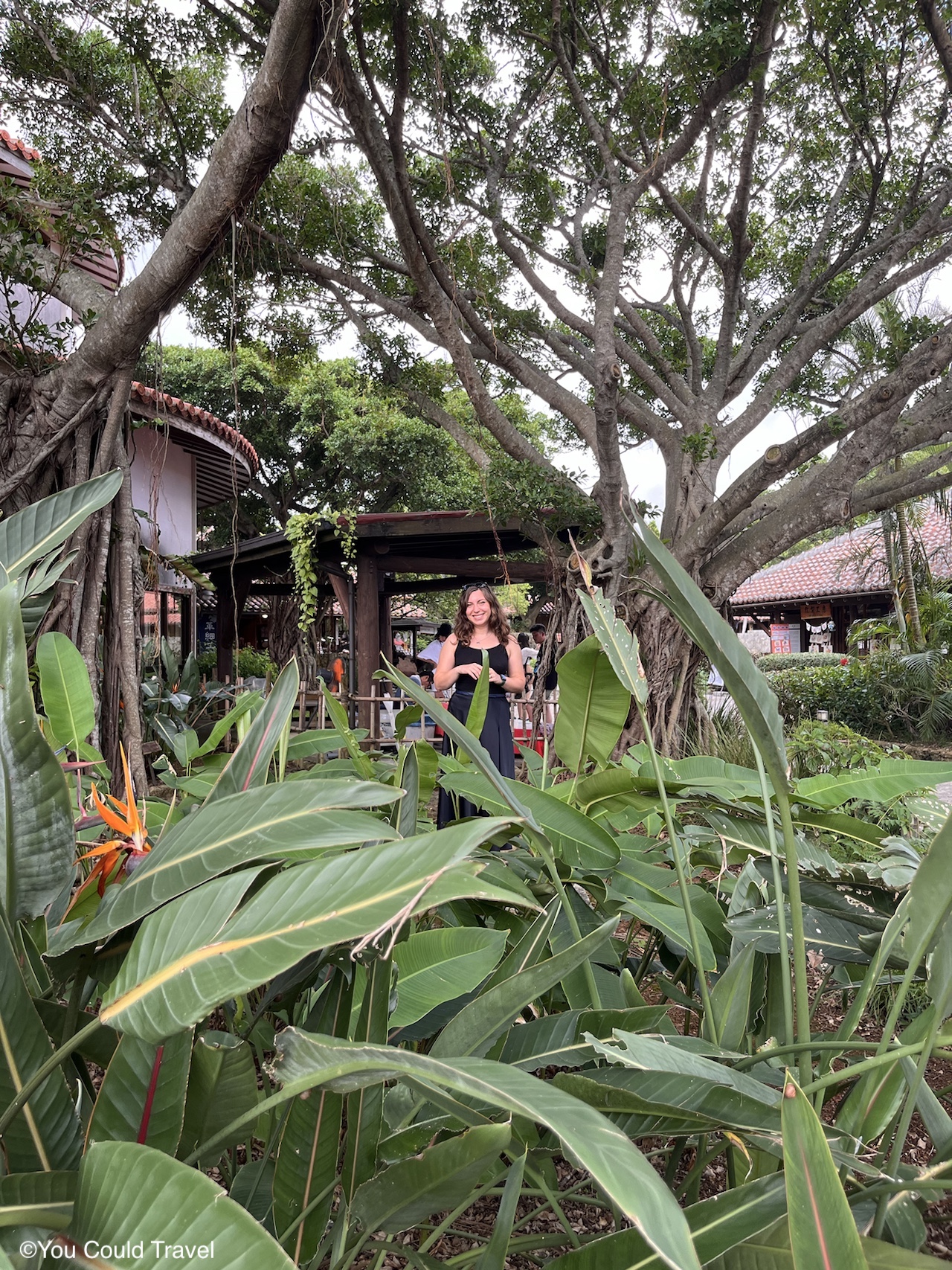
From Naha Airport
- By Car: The quickest way is by car, taking approximately 30 minutes via the Okinawa Expressway. Exit at Haebaru South and follow the signs to Okinawa World.
- By Bus: Take bus number 54 from Naha Bus Terminal to Gyokusendo-mae Bus Stop. The journey takes around 60 minutes.
From Naha City Center
- By Car: Drive south towards Nanjo city, following the signs to Okinawa World. The trip should take about 30 minutes depending on traffic.
- By Bus: Catch bus number 54 from Naha Bus Terminal, which will take you directly to Gyokusendo-mae Bus Stop, right outside Okinawa World.
Other Considerations
Renting a car offers flexibility and convenience for exploring Okinawa, including Okinawa World and other attractions. We rented a car to travel around the island, and it enabled us to see a lot more attractions and maximise our time on the island.
Taxis are available but can be expensive for longer distances like from Naha to Okinawa World.
Guide to Okinawa World
Okinawa World is packed with different attractions, each showing off a special part of Okinawa’s culture and natural beauty. Here’s a look at the main highlights you can find in the park.
The entry ticket to Okinawa World provides you with access to all attractions, but please note that for participating in certain activities and workshops, you will need to pay an extra fee.
Gyokusendo Cave
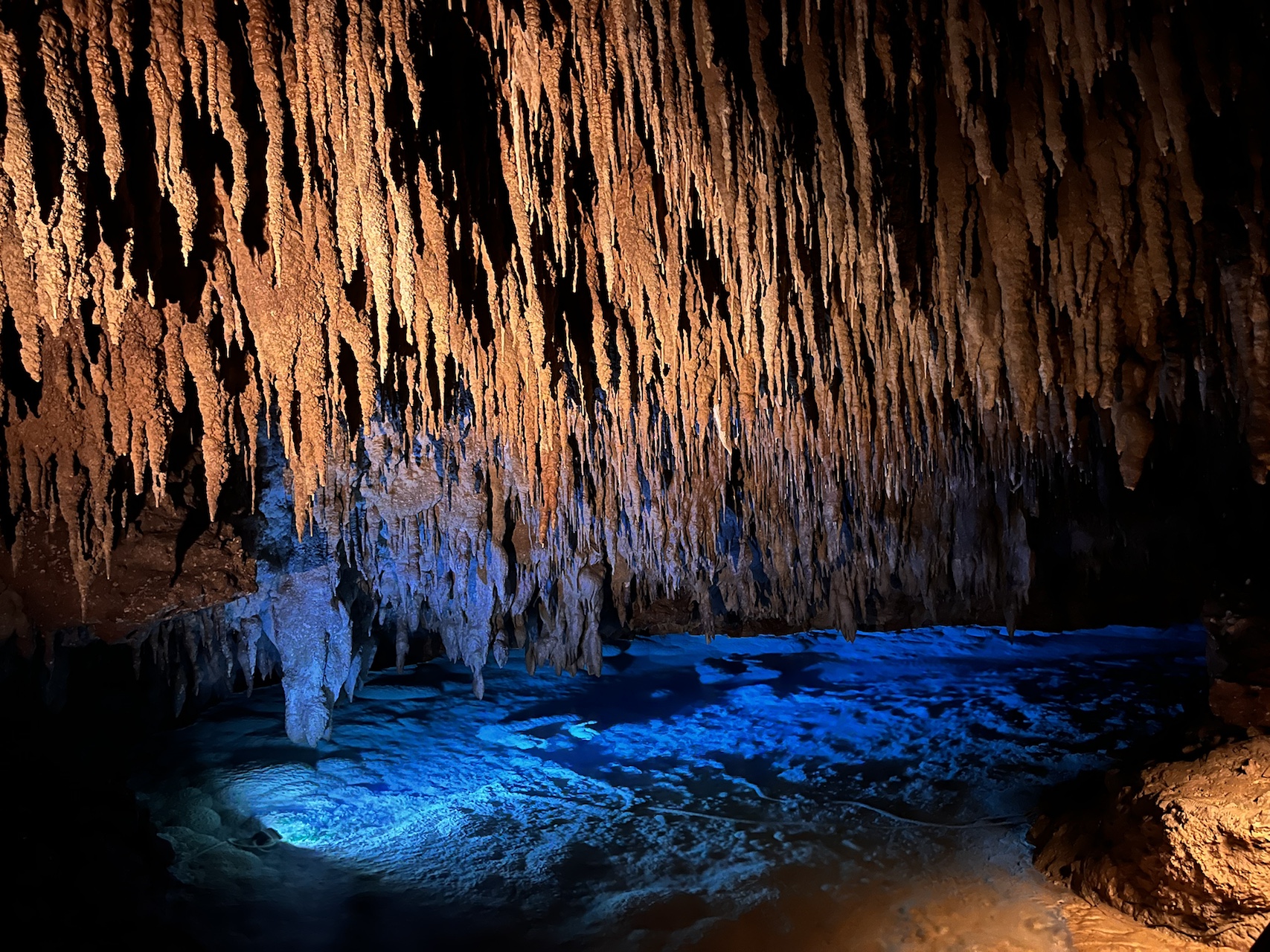
This impressive cave is one of Japan’s longest and is filled with beautiful formations of stalactites and stalagmites, all lit up to enhance their beauty. Walking through this cave, you’ll see the amazing natural art that took over 300,000 years to form. Okinawa is home to more than 600 limestone caves, but the Gyokusendo Cave is the largest and more phenomenal. In the summer months, you can sign up for a special tour in areas of the cave not normally open to the public.
Gyokusendo Cave was the highlight of Okinawa World for us and even if come specifically for this cave it’s well worth the entrance fee and the time spent here. It takes around 30-40 minutes to explore the cave, and there are many photo spots along the way. Some parts are lit up in various colours like blue and purple, which make the whole path so atmospheric and fun.
Kingdom Village
This part of the park takes you back in time to a traditional Ryukyu village. Here, you can watch and even join in on making traditional Okinawan crafts like pottery, glass-blowing, and weaving. It’s a hands-on way to connect with the island’s craft traditions.
I put together the list of all experiences and their price to make it easier to plan your trip.
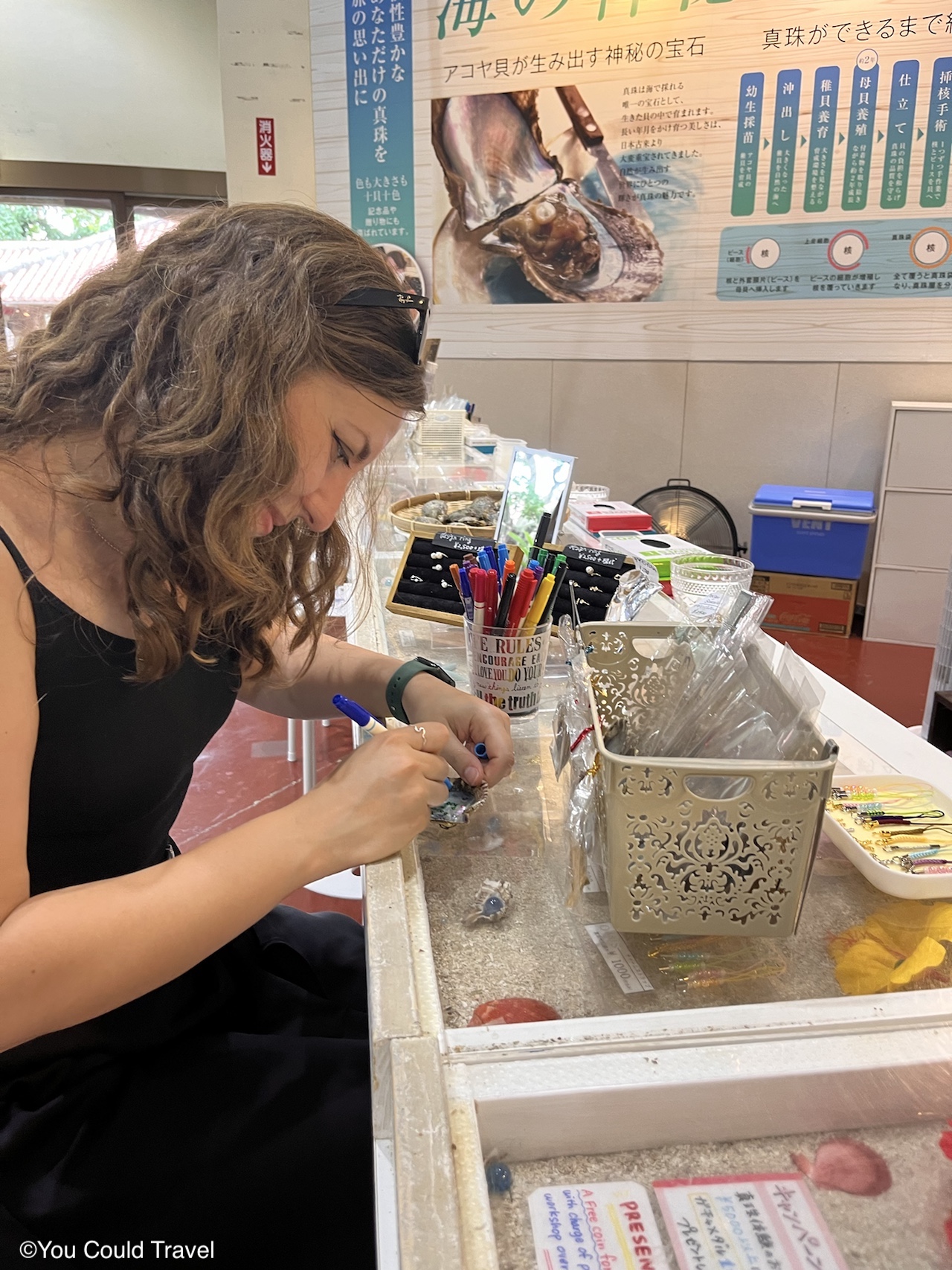
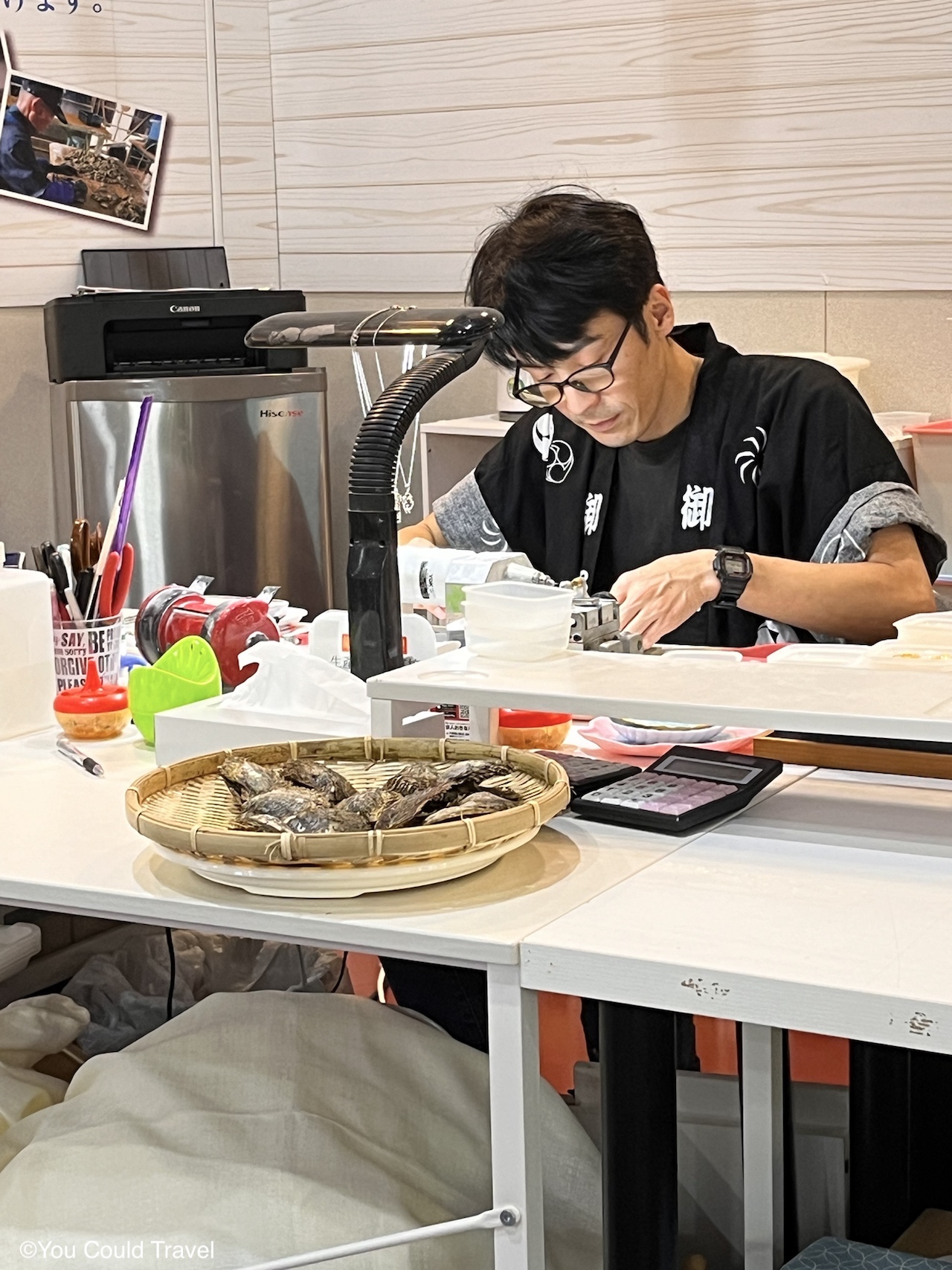
Pearl Extraction Experience
Extract real pearls from Akoya oysters and have them transformed into beautiful jewellery like necklaces, earrings, or straps. While you wait for the master to place the pearl into your chosen jewellery, you will be given colouring pencils to create a beautiful memory on the oyster shell.
Duration: 5-10 minutes
Cost: From ¥800
Bingata Dyeing Experience
Dive into the world of Bingata, renowned for its vivid colors and intricate patterns. This workshop allows you to try your hand at traditional dyeing techniques, including color layering and gradient effects, to create your own unique piece.
Duration: 20 minutes
Cost: From ¥1,300
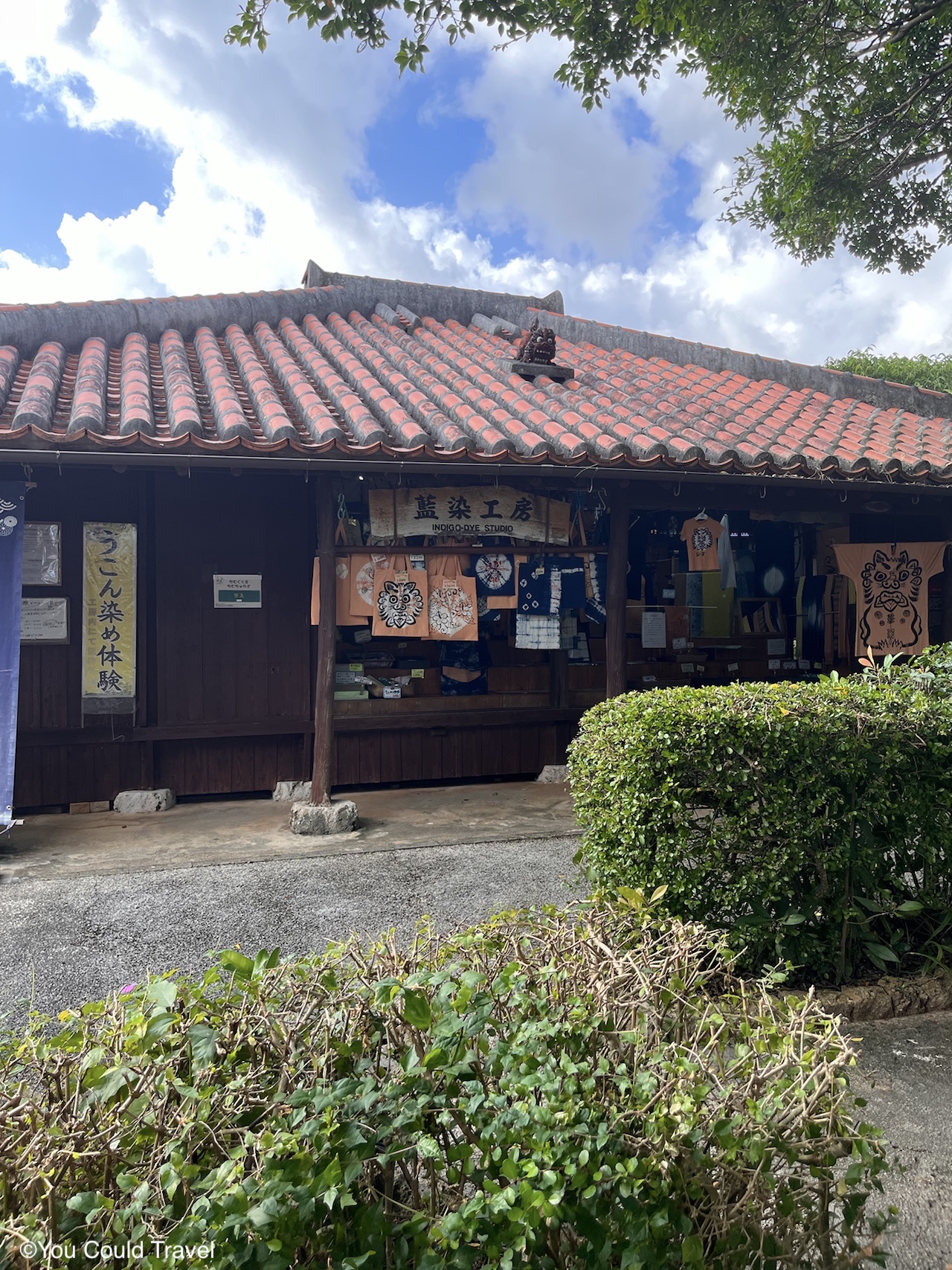
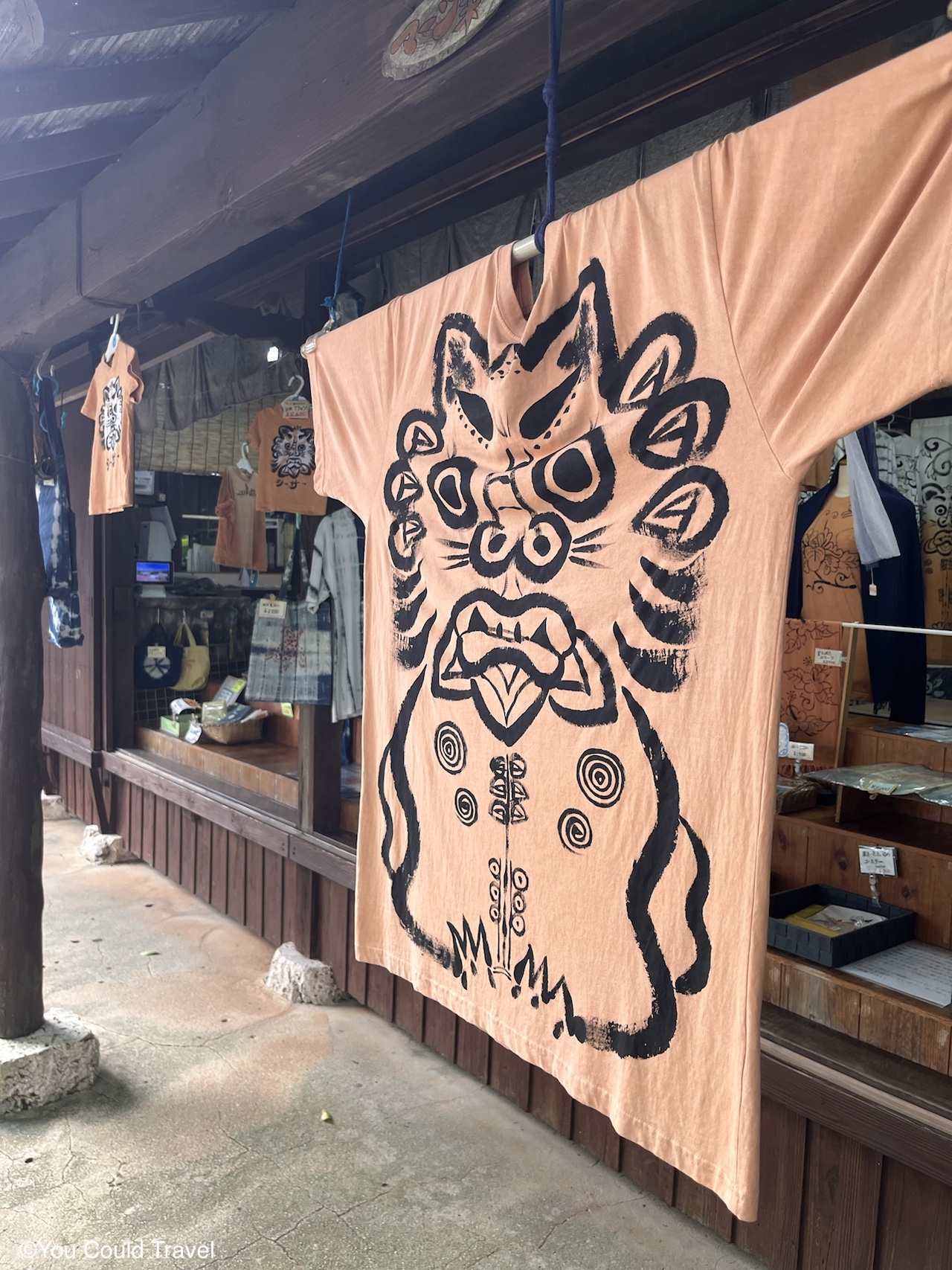
Plaster Shisa Coloring Experience
Create your own Shisa, the iconic guardian deity of Okinawa, in this easy and enjoyable workshop. Choose your favourite colours to personalize a one-of-a-kind Shisa to take home.
Duration: 20 minutes
Cost: From ¥1,300
Paper Making Experience
Discover the art of paper making using local Okinawan plants. This workshop is popular for the gentle and natural feel of the paper you’ll create.
Duration: 20 minutes
Cost: From ¥700
Weaving Experience
Learn the traditional weaving techniques to create accessories featuring the “mincer” pattern, symbolizing longevity and prosperity.
Duration: 5-15 minutes
Cost: From ¥900
Indigo Dyeing Experience
Experience the unique “Ryukyu Ai” indigo dyeing, using local plants to achieve a deep blue colour reminiscent of the Okinawan sea and sky.
Duration: 30 minutes
Cost: From¥1,300
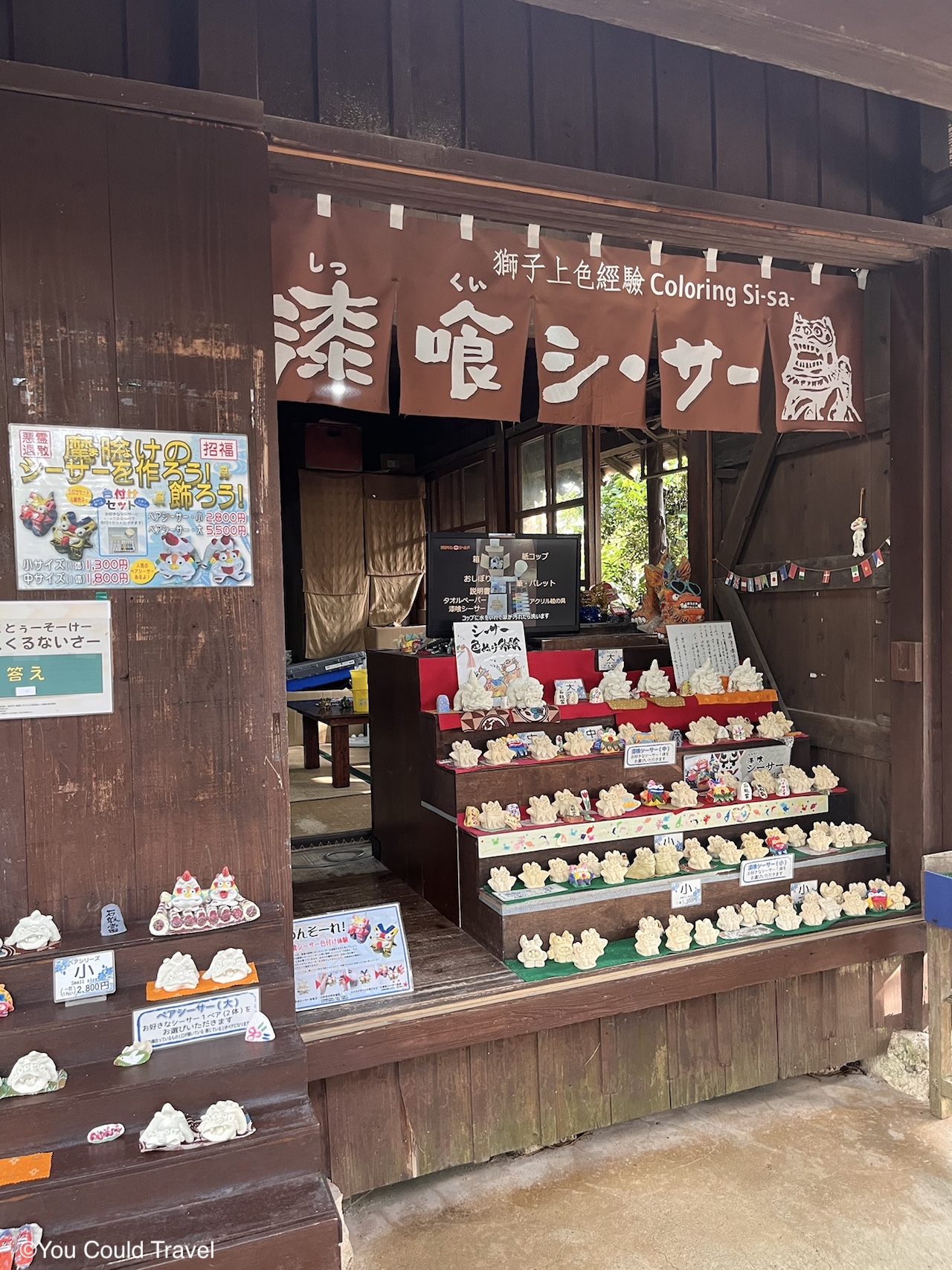
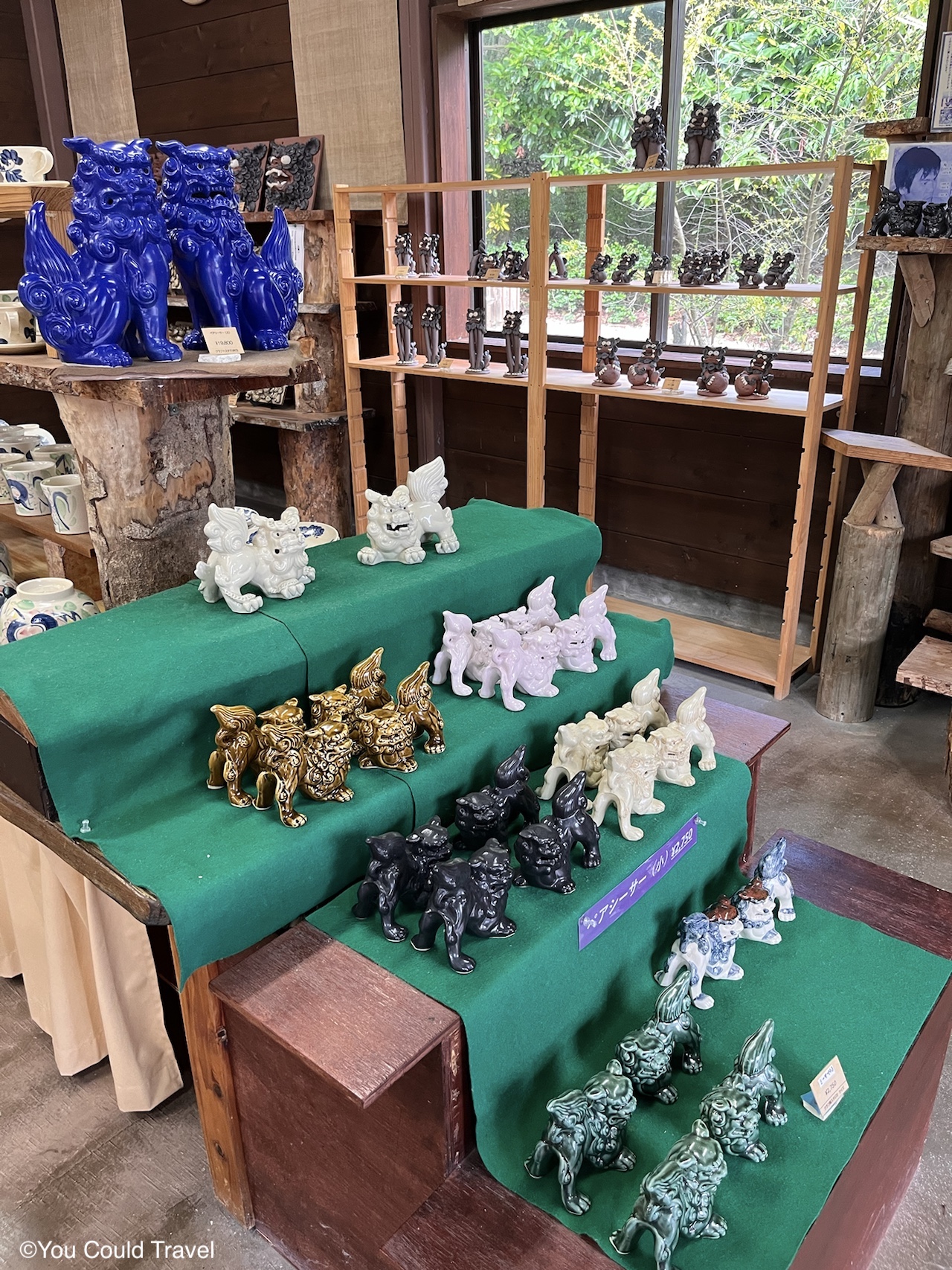
Pottery Experience
Try your hand at “Yachimun,” the Okinawan term for pottery, and enjoy creating bold and unique textures. Options include making a Shisa dog or using a potter’s wheel.
Duration: 10 minutes
Cost: From ¥2,000
Ryukyu Glass Experience
Craft your own glassware, choosing from a range of colours and patterns, in the high-temperature glass-blowing workshop.
Duration: 5-20 minutes
Cost: From ¥2,200
Leather Work Experience
Craft your own leather goods adorned with tropical motifs such as Shisa and manta rays. Leather’s charm is in its ability to gain character with use.
Duration: 15 minutes
Cost: From ¥1,300
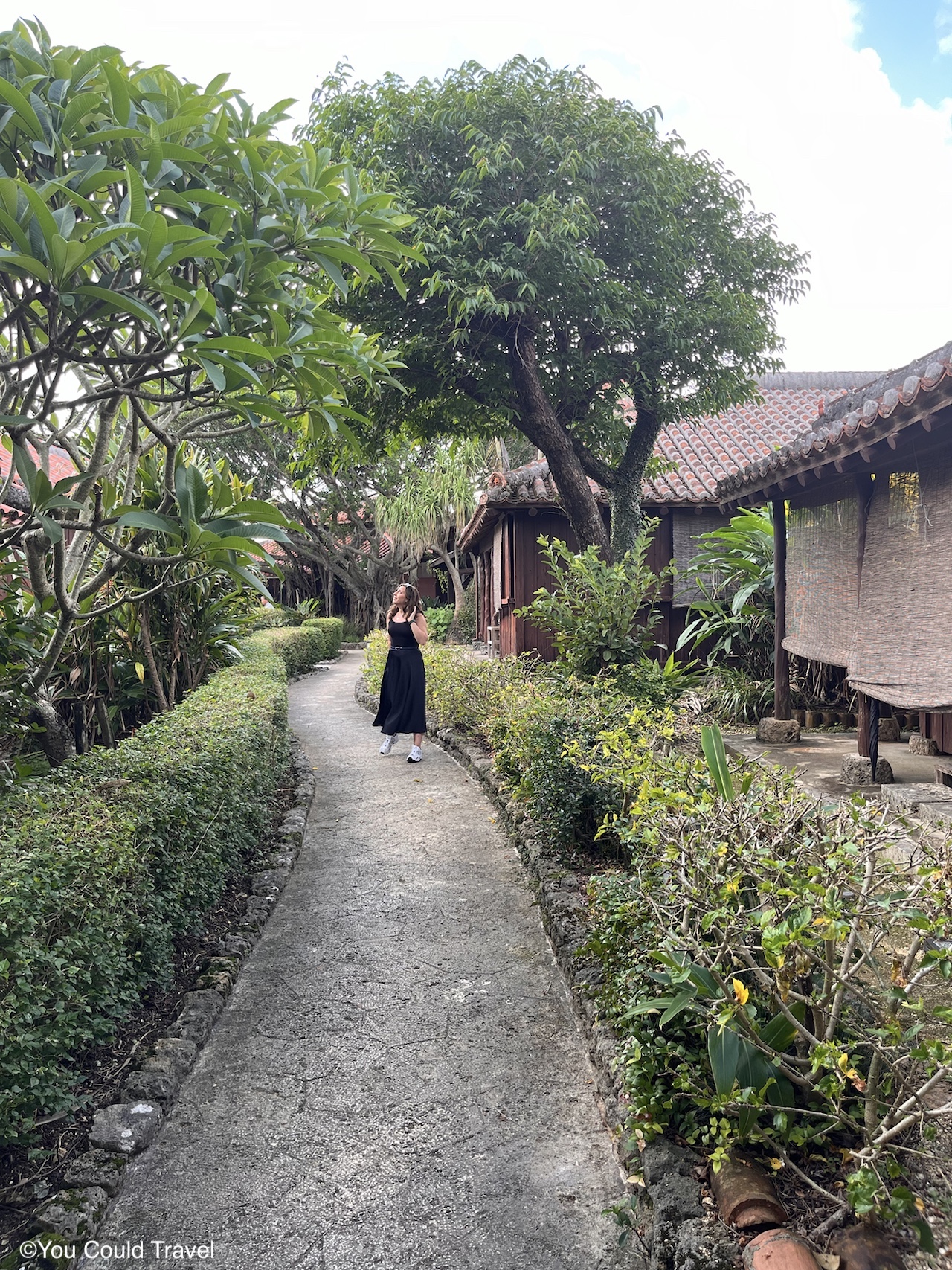
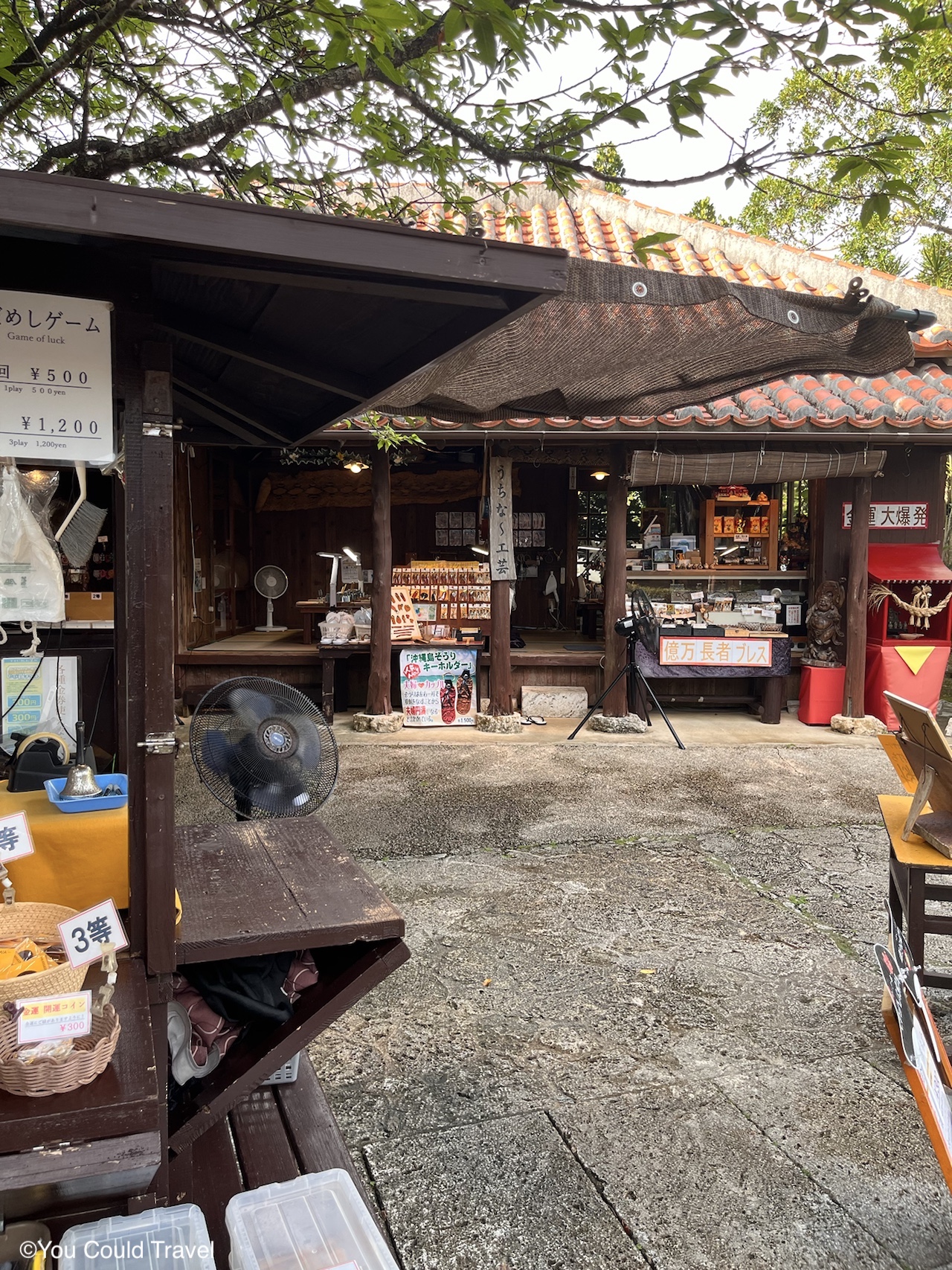
Eisa Dance Performances
Eisa dance is a lively traditional Okinawan performance that includes drumming, dancing, and chanting. These performances are full of energy and colour, showcasing the island’s vibrant culture. Eisa Dance Performances are usually seen in every Okinawan village during the Obon festival in summer. With their performance, they aim to send off their ancestors to the next world.
The dance is performed by groups of dancers dressed in colourful Ryukyu costumes, moving rhythmically to the beat of drums such as the Odaiko (large drum), Shime-daiko (tightened drum), and Paranku (hand-held drum). The dancers use formations and choreography, incorporating elements of martial arts and storytelling into their performances.
Nanto Brewery
This brewery inside the park lets you see how Awamori, Okinawa’s traditional distilled liquor, is made. Awamori is known for its distinctive flavour and strong alcoholic content, and its production process is steeped in centuries-old traditions unique to the Ryukyu Islands.
One of the highlights of a visit to Nanto Brewery is the tasting session, where you can sample various types of Awamori, including those that have been aged for different lengths of time. Ageing Awamori in traditional clay pots, or kame, is a practice that can significantly alter the flavour profile of the spirit.
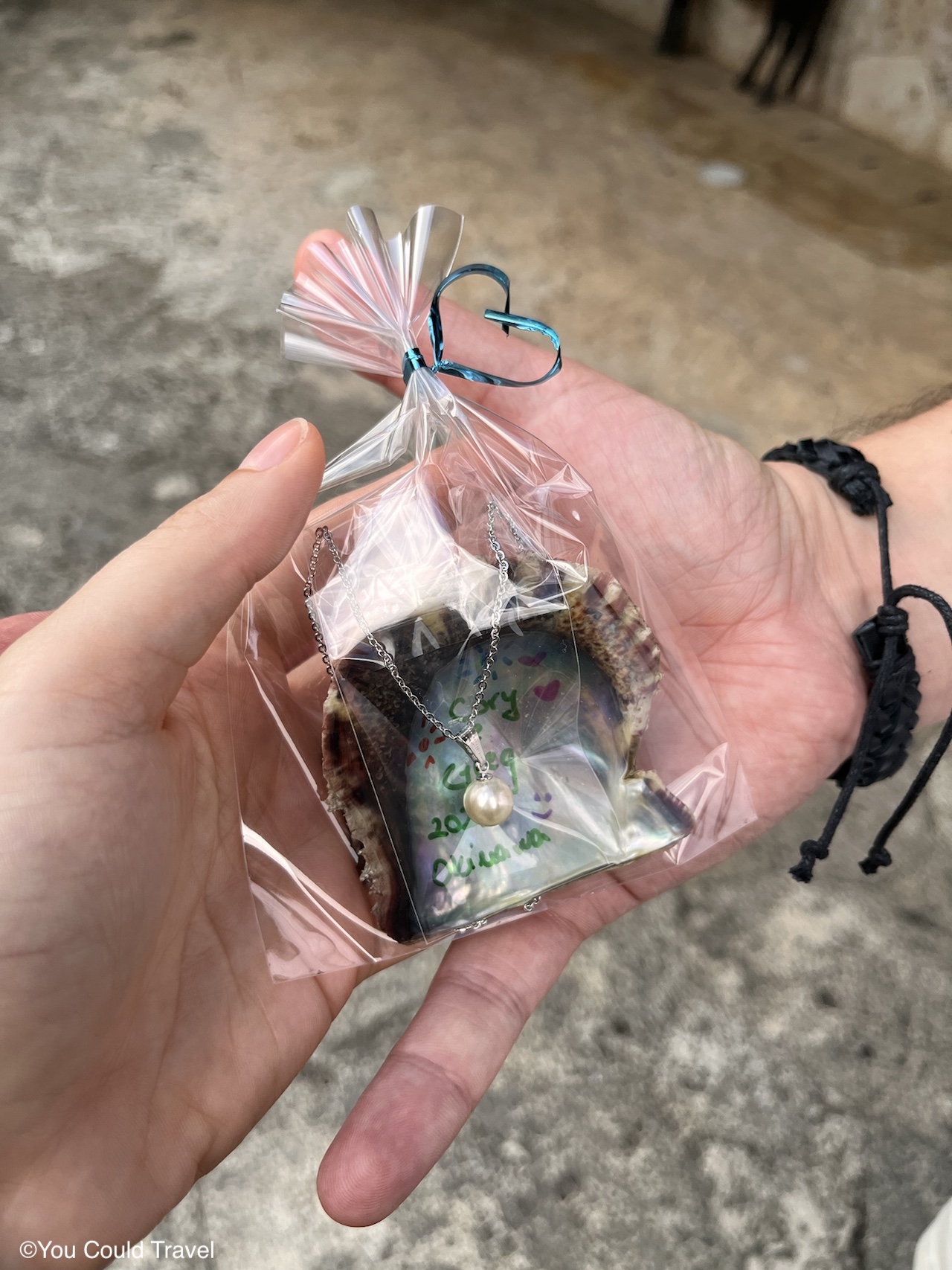
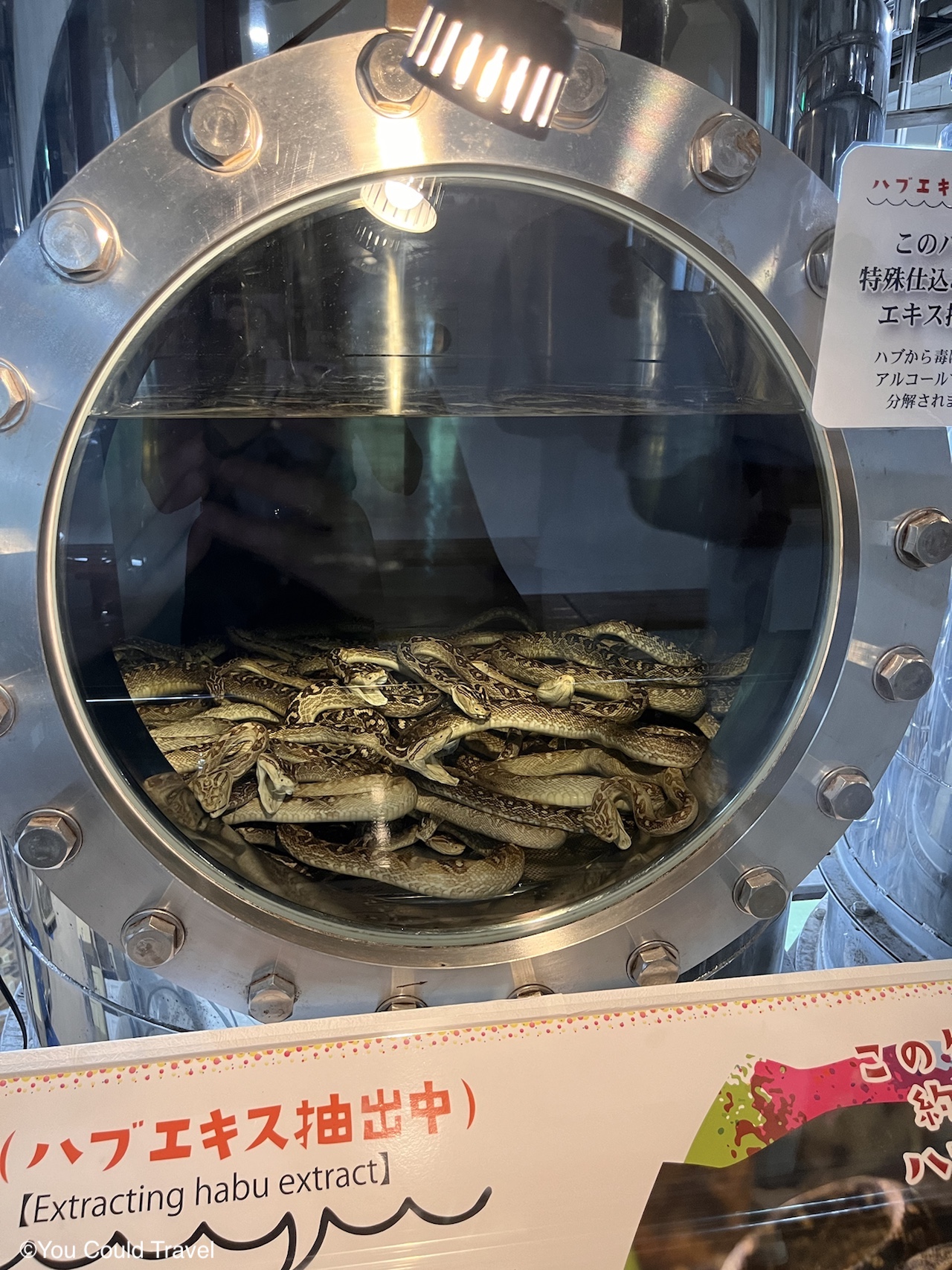
Habu Park
Dedicated to Okinawa’s famous habu snake, this area combines a museum and a park. It’s home to live habu snakes and other local animals, offering a closer look at these creatures and their place in Okinawan culture.
Habu Park aims to demystify these snakes by offering detailed exhibits that cover their biology, behaviour, and habitat. If you didn’t know, Habu continues to live in Okinawa especially in fields, forests and rocky terrain.
For something out of the ordinary, take a commemorative photo with the lucky white snake believed to be the incarnation of Benzaiten (it costs 1000 yen per photo).
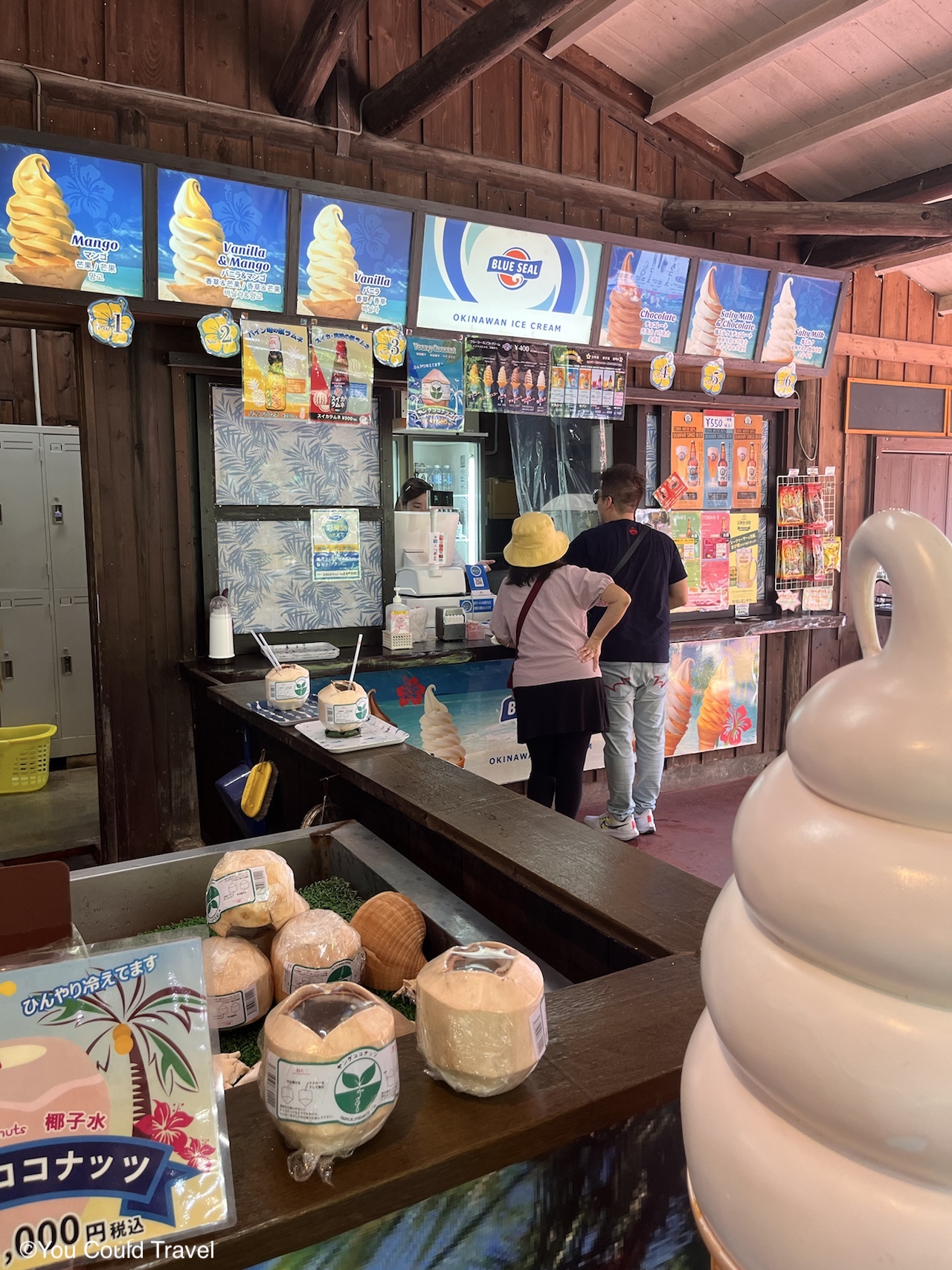
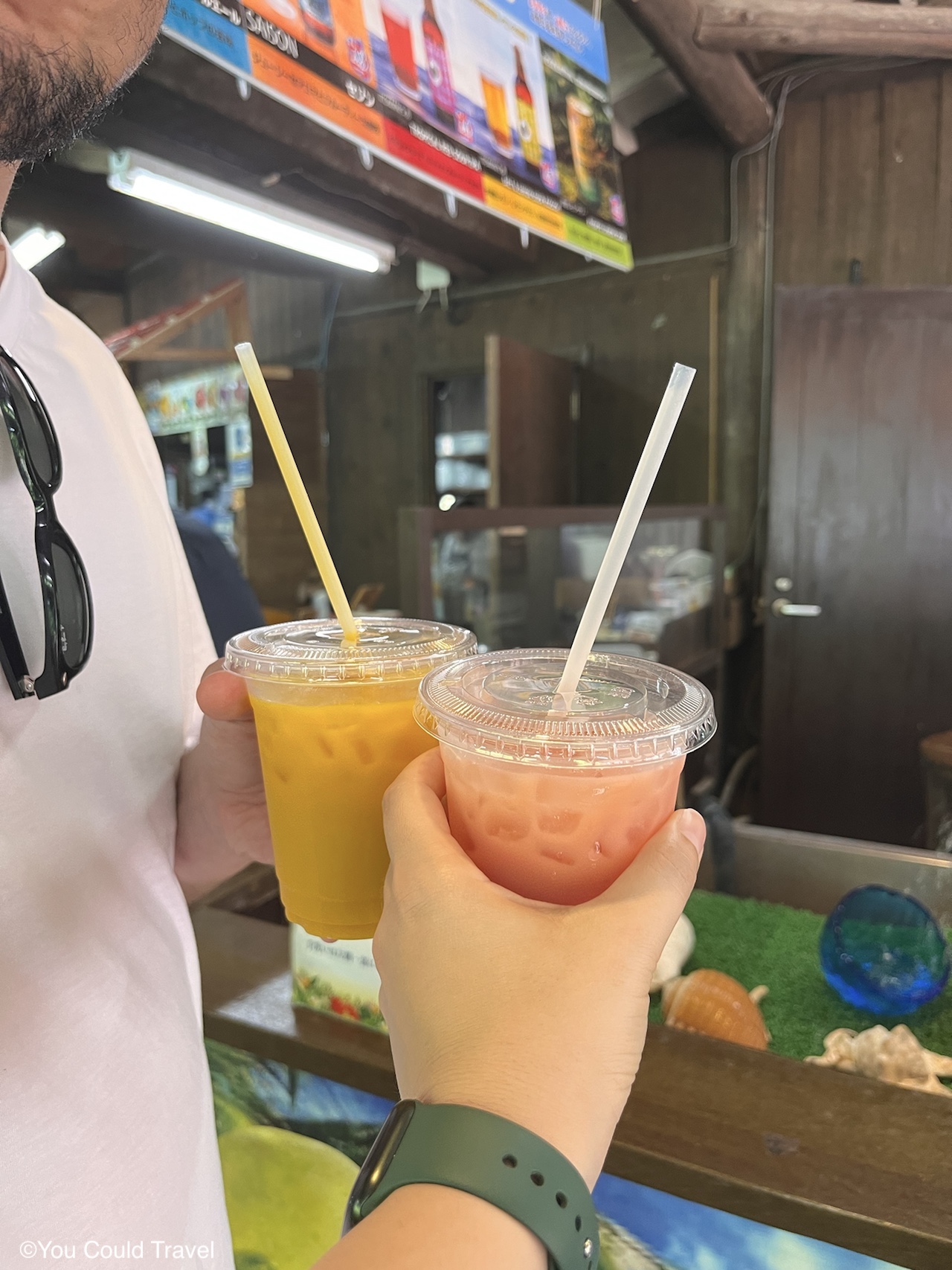
Tropical Orchard
The tropical orchard is akin to a botanical garden but nowhere near as extraordinary as the Southeast Botanical Gardens in Okinawa.
The tropical orchard is a peaceful area is filled with tropical plants, fruits, and flowers, highlighting Okinawa’s diverse plant life. As you wander through the orchard, you’ll come across a range of fruit trees, including mango, papaya, passion fruit, and the Okinawan speciality, shikuwasa (a type of citrus). The Tropical Orchard also serves as a habitat for butterflies, birds, and other local wildlife. At the end of the tropical orchard, you will come across a small Fruit Parlour where you should get ice cream and mango smoothie.
For a delicious traditional Okinawan meal, don’t miss the Okinawa soba pride Nandanya. I recommend the Sea grape seafood bowl, which is just under 1900 yen. Super delicious and filled to the rim with local ingredients including umi-budo which is my favourite local snack.
Okinawa World
Maekawa-1336 Tamagusuku, Nanjo, Okinawa 901-0616, Japan
📞 Contact
🚉 Closest Station (Directions)
🕥 Opening Hours
Monday: 9:00 AM – 5:30 PM
Tuesday: 9:00 AM – 5:30 PM
Wednesday: 9:00 AM – 5:30 PM
Thursday: 9:00 AM – 5:30 PM
Friday: 9:00 AM – 5:30 PM
Saturday: 9:00 AM – 5:30 PM
Sunday: 9:00 AM – 5:30 PM
Frequently Asked Questions
Is Okinawa World worth it?
Okinawa World is definitely worth a visit, especially if you’re interested in experiencing Okinawa’s unique culture, history, and natural beauty all in one place. This park offers a wide range of attractions, from exploring the stunning Gyokusendo Cave with its impressive stalactites and stalagmites to learning about traditional crafts in the Kingdom Village, where you can get hands-on experience making pottery, glassware, or textiles.
How long do you need at Okinawa World?
You should plan to spend at least half a day at Okinawa World to fully enjoy it. It’s a great idea to go in the morning. This gives you plenty of time to explore the park’s diverse attractions, from the stunning Gyokusendo Cave to the vibrant Eisa Dance Performances. Additionally, arriving early ensures you have enough time to participate in various hands-on workshops, whether you’re interested in traditional crafts like pottery and bingata dyeing or want to learn about making Awamori, Okinawa’s signature spirit
How long is Okinawa World cave?
The Gyokusendo Cave in Okinawa World is one of Japan’s longest limestone caves, extending over 5 kilometers in total length. However, for visitors, about 890 meters of the cave have been safely developed and are open for exploration. This portion of the cave is well-lit and features walkways, making it accessible for most visitors to enjoy the stunning stalactites, stalagmites, and other unique limestone formations.
Why is Okinawa so famous?
Okinawa is famous for its beautiful beaches, unique culture, and warm climate. It has a rich history, including the Ryukyu Kingdom, and is known for its traditional crafts and music. People also love Okinawa for its healthy food, like goya and Okinawa soba. The islands have a relaxed atmosphere, making them a great place to visit for a holiday.

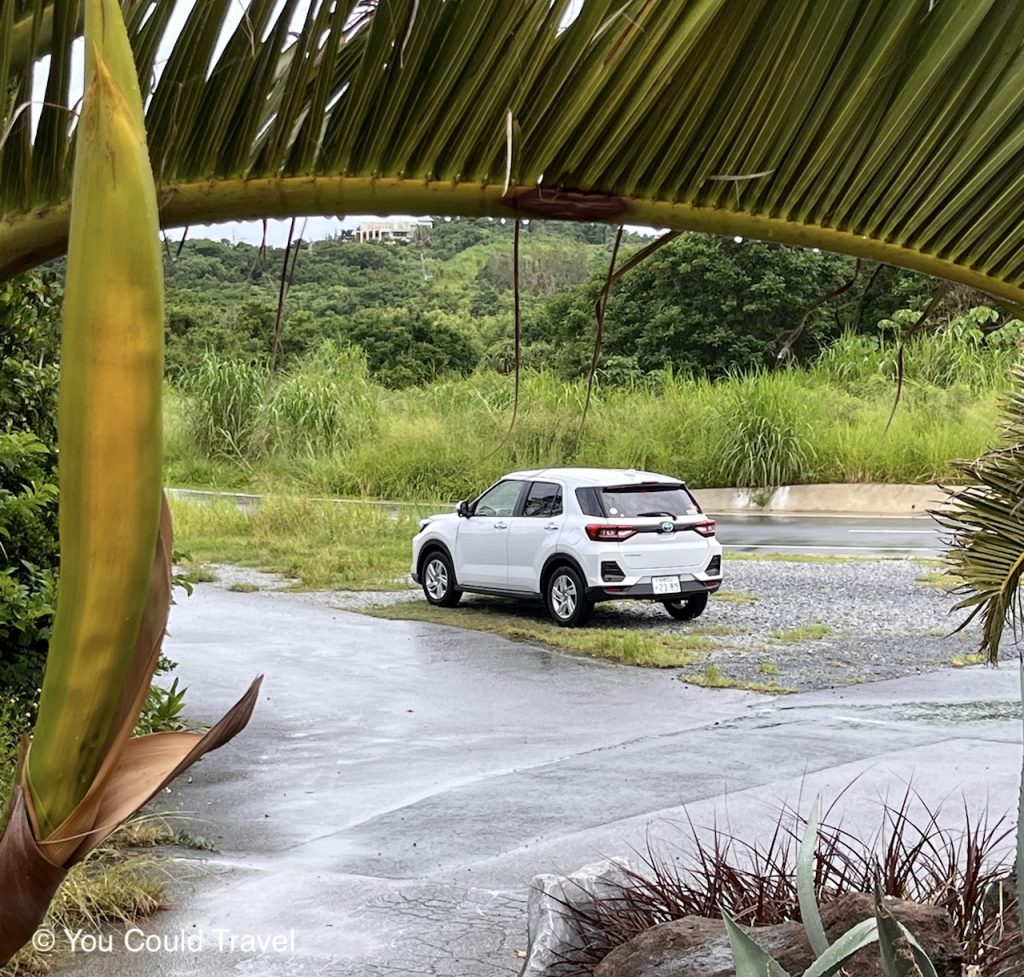
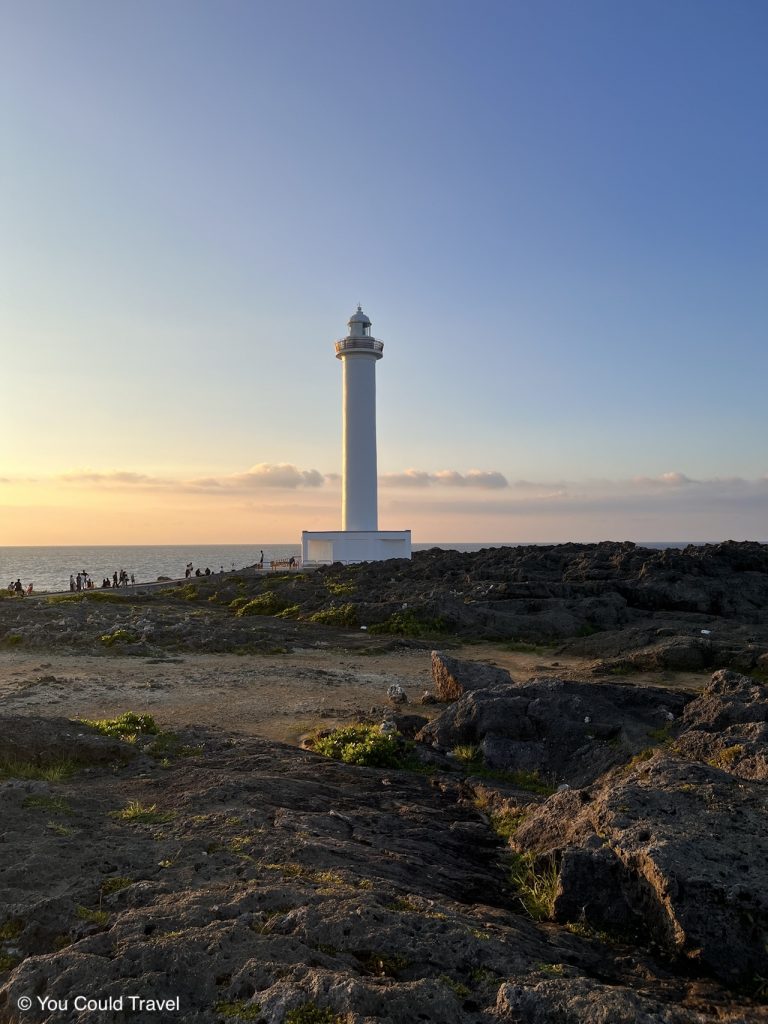
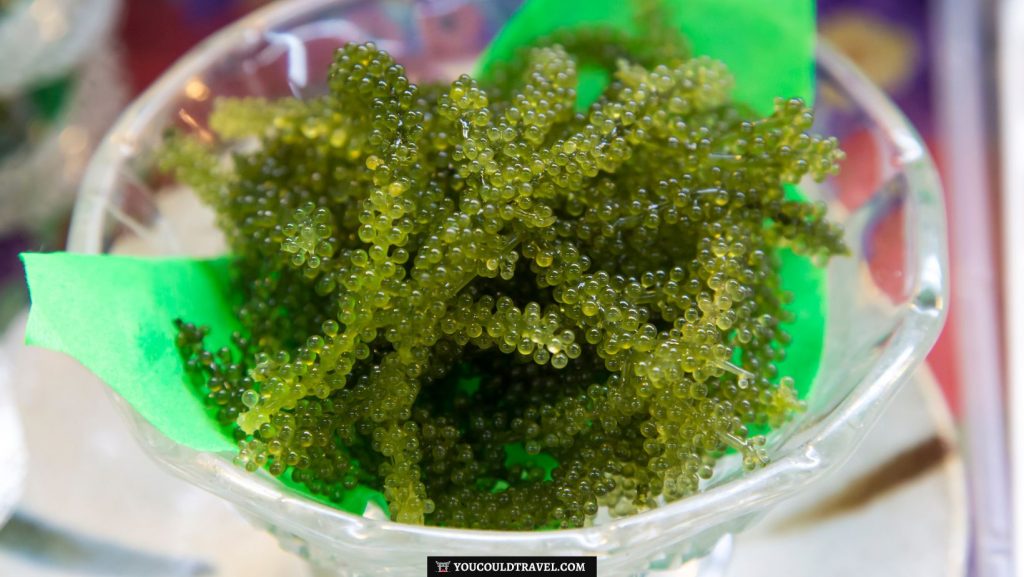
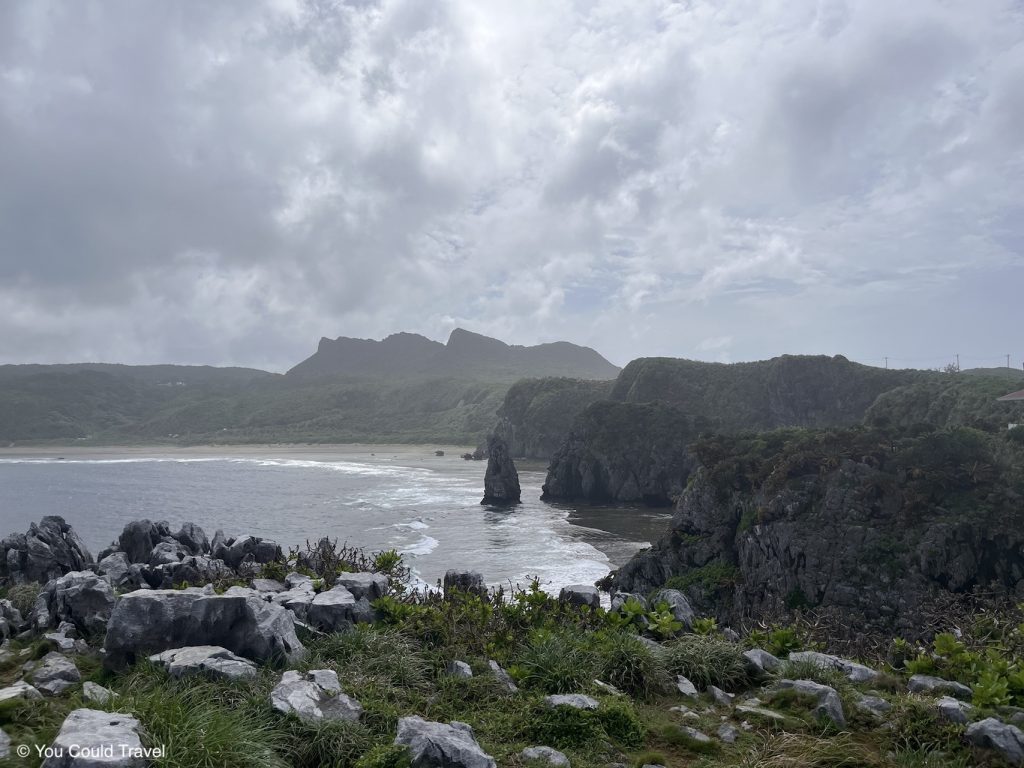
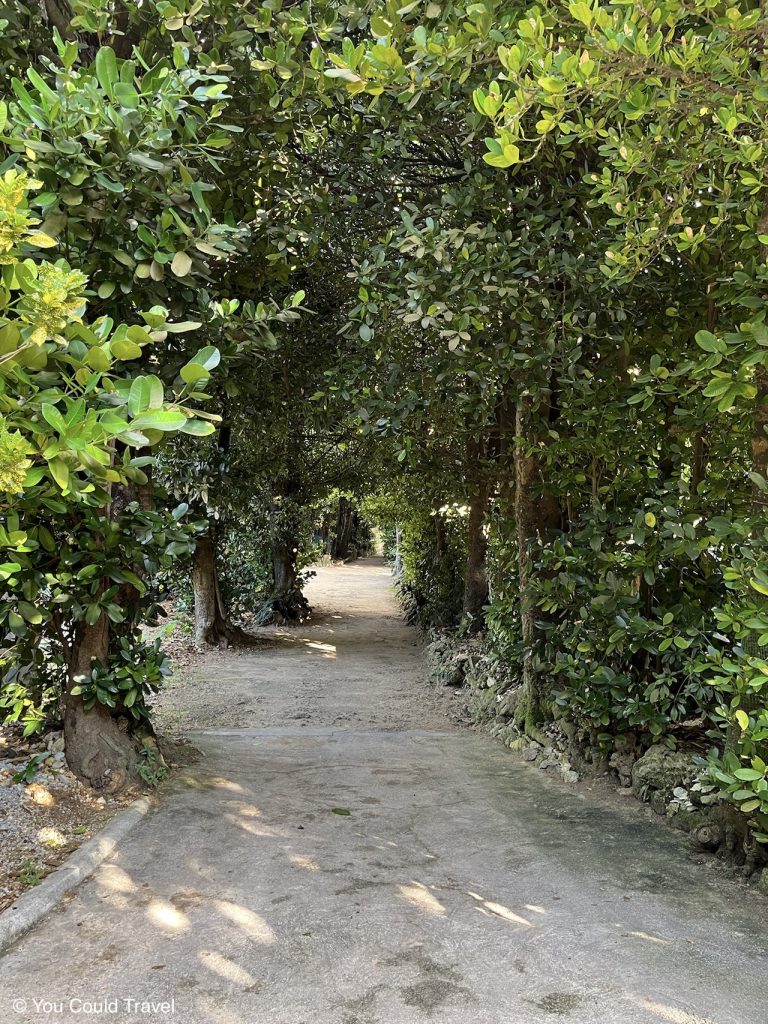
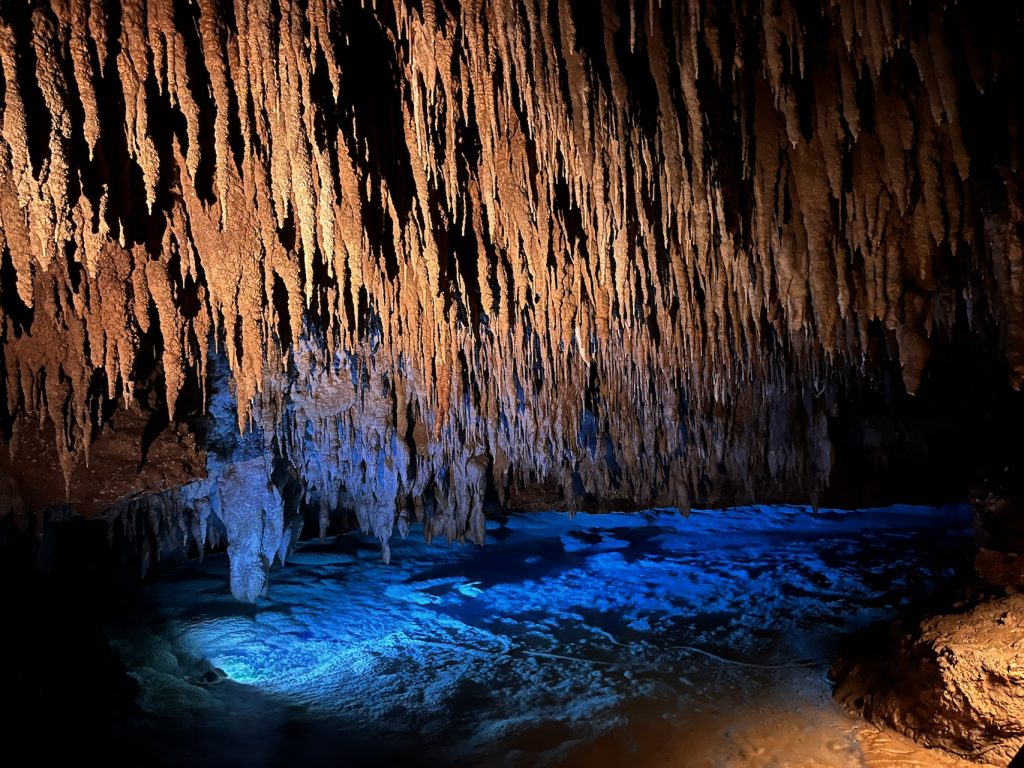


Leave a Reply